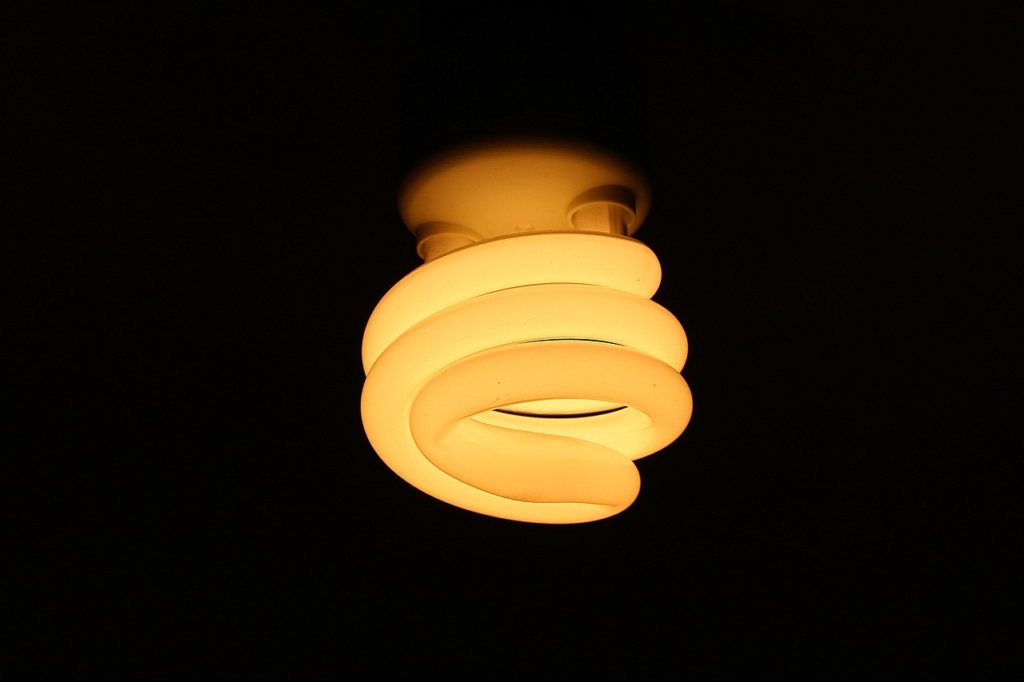Spray foam insulation is an effective solution for energy savings, offering excellent insulation to keep homes comfortable throughout the year. It’s particularly good at reducing heat transfer, which can lead to lower energy costs. This insulation keeps your home warm in the winter and cool in the summer by expanding to fill gaps and cracks, creating an airtight seal that prevents drafts and air leaks. Its moisture-resistant qualities also make it ideal for damp areas like basements and attics, helping to ward off mould and mildew and contributing to a healthier home environment. Spray foam insulation is known for its long-lasting durability, staying effective for years without the need for upkeep. This, coupled with its ability to reduce noise, makes it an appealing option for homes in busy areas or those with noise inside. Plus, the solid structure of closed-cell spray foam even adds some strength to walls and roofs. It’s also versatile, easily fitting into different shapes and sizes, making it a go-to solution for all kinds of insulation requirements.
Drawbacks of Spray Foam Insulation
Off-Gassing from Improper Installation
Spray foam insulation can be a great option to enhance energy efficiency and improve indoor comfort. However, one of the major drawbacks of this insulation method is the potential for off-gassing when it is not installed properly. Off-gassing refers to the release of volatile organic compounds (VOCs) from the spray foam insulation material.
During the installation process, it is crucial to follow the manufacturer’s instructions meticulously. If the foam is not mixed or applied correctly, it can result in trapped gases within the insulation, leading to off-gassing. These VOCs can have a strong odor and may contain harmful substances such as formaldehyde.
Off-gassing can cause various health concerns, especially for individuals with respiratory issues or sensitivities. Symptoms may include headaches, dizziness, nausea, and irritation of the eyes, nose, and throat. It is essential to ensure proper ventilation during and after installation to minimize these risks.
To mitigate the risk of off-gassing, it is recommended to work with experienced and certified professionals who have thorough knowledge of spray foam insulation installation techniques. They will ensure that the insulation is applied correctly and that proper ventilation systems are in place to prevent off-gassing.
Structural Damage and Pest Issues
While spray foam insulation is known for its excellent insulation properties, it can also pose some challenges when it comes to structural damage and pest issues.
Firstly, spray foam insulation expands after application, which can exert pressure on walls, windows, and other structural components. If not applied carefully, this expansion can lead to bowing or warping of surfaces, causing potential damage to the overall integrity of the building.
Moreover, spray foam insulation can create a cozy environment for pests, such as termites and rodents. The foam material can attract pests, and its honeycomb-like structure can provide a perfect nesting place. Once pests infest the insulation, they can cause damage not only to the insulation but to the surrounding structures as well.
To avoid structural damage, it is essential to hire experienced professionals who understand the correct application techniques for spray foam insulation. They will ensure that the right amount of foam is applied, preventing excessive expansion and potential damage.
Additionally, implementing pest control measures alongside the insulation installation can help minimize the risk of pest infestation. This may include sealing any openings or cracks that pests could use to enter the building and using pest-resistant insulation materials.
Overall, while spray foam insulation offers numerous advantages, it is crucial to be aware of its drawbacks such as off-gassing from improper installation and potential structural damage and pest issues. By hiring knowledgeable professionals and taking necessary precautions, these drawbacks can be minimized, and the benefits of spray foam insulation can be enjoyed to the fullest.
Challenges with Spray Foam Insulation
Spray foam insulation has gained popularity in recent years for its ability to provide excellent thermal insulation and air sealing. However, like any other construction material, it has its challenges. In this blog post, we will explore two significant challenges that arise with spray foam insulation – moisture and mould risks, and the challenges with inspections and modifications.
Moisture and Mould Risks
One of the main challenges with spray foam insulation is managing moisture and mould risks. While spray foam itself is impermeable to moisture, improper installation or inadequate ventilation can lead to moisture accumulation between the foam and the substrate. This trapped moisture can become a breeding ground for mould and mildew, leading to health issues and damage to the building structure.
To address this challenge, it is crucial to ensure proper installation techniques, such as sufficient air sealing and adequate ventilation. Hiring trained and experienced professionals who understand the intricacies of spray foam insulation installation is essential. Additionally, regular inspections and maintenance will help identify any potential moisture issues early on, allowing for timely remediation and prevention of mould growth.
Challenges with Inspections and Modifications
Another challenge with spray foam insulation is the difficulty in inspecting and making modifications once it is installed. Unlike traditional insulation materials like fiberglass or cellulose, which can be easily moved or removed for inspection or repairs, spray foam creates a solid and permanent barrier. This can make it challenging to identify hidden issues or make changes to the insulation in the future.
When modifications are necessary, such as adding electrical wiring or HVAC upgrades, special considerations and expertise are required. It is essential to work with professionals who have experience working with spray foam insulation and understand how to navigate through the material without compromising its integrity.
Despite these challenges, spray foam insulation continues to be a popular choice due to its energy efficiency and air sealing properties. By being aware of the potential risks and working with knowledgeable contractors, homeowners and builders can overcome these challenges and enjoy the benefits of spray foam insulation for years to come.
Potential Issues with Spray Foam Insulation
Spray foam insulation is becoming increasingly popular due to its superior insulation properties. However, like any construction material, it is not without its potential issues. In this article, we will explore two common concerns with spray foam insulation – difficulty in detecting leaks and electrical issues, and its impact on roof lifespan.
Difficulty in Detecting Leaks and Electrical Issues
One of the challenges with spray foam insulation is that it can be difficult to detect leaks or electrical issues once it’s installed. The foam creates a seamless air and moisture barrier, which is beneficial for energy efficiency. However, it also means that any leaks or electrical problems that may occur within the walls or ceiling can go unnoticed.
To overcome this issue, it’s crucial to have a comprehensive inspection before and after the installation of spray foam insulation. This includes checking electrical wiring, plumbing, and any potential areas where leaks could occur. Regular maintenance and inspection should also be carried out to identify any issues that may arise over time.
Impact on Roof Lifespan
Another concern with spray foam insulation is its impact on the lifespan of the roof. When spray foam is applied to the underside of the roof deck, it can create a barrier that prevents natural ventilation. This can lead to excessive heat buildup during hot weather, putting additional stress on the roofing materials.
To mitigate this issue, proper ventilation should be incorporated into the design and installation of spray foam insulation. This can include the use of roof vents, soffit vents, or other ventilation systems that allow air to flow freely and prevent heat buildup. Regular roof inspections and maintenance are also essential to monitor the condition of the roofing materials and identify any potential problems.
In conclusion, while spray foam insulation offers numerous benefits, it is crucial to be aware of the potential issues associated with its use. Detecting leaks and electrical issues can be challenging due to the seamless nature of the foam, highlighting the importance of thorough inspection and maintenance. Additionally, the impact on roof lifespan should be considered, and adequate ventilation should be incorporated to prevent excessive heat buildup. By addressing these concerns, the full potential of spray foam insulation can be realized while ensuring a durable and energy-efficient home.
Considerations for Future Renovations
When renovating your home, it’s important to consider the potential impact on future renovations. While it may be tempting to focus solely on your immediate needs and preferences, taking a long-term view can save you time, money, and headaches down the road. One crucial consideration is the reduced flexibility for future renovations.
One aspect to keep in mind is the layout and design of your renovated space. If the current renovation limits the structural options for future changes, you might find yourself facing significant obstacles when you decide to make further modifications. For example, if walls are moved or removed, it can be challenging to recreate the original layout or rearrange the space in a different way later on.
Another factor to consider is the choice of materials. While some materials might be perfect for your current renovation, they may not be versatile enough to accommodate future changes. For instance, if you choose specialized fixtures or finishes that are difficult to match or replace, it will limit your options for future updates or repairs.
Furthermore, it’s essential to think about the functionality and adaptability of the renovated space. Will it meet your needs in the long term? Will it accommodate potential future lifestyle changes, such as a growing family or the need for accessibility modifications? By planning ahead and considering these possibilities, you can avoid the need to undertake additional costly renovations in the future.
Reduced flexibility for future renovations can also impact the resale value of your home. Potential buyers may be hesitant to purchase a property with limited options for customization or expansion. Keeping the door open for future renovations can make your home more attractive to a wider range of buyers.
In conclusion, while it’s important to focus on your immediate needs and preferences when renovating your home, it’s equally crucial to consider the potential impact on future renovations. By ensuring flexibility and adaptability in the layout, materials, and functionality of your renovated space, you can save yourself time, money, and headache down the road.

Maintaining Value and Attractiveness
When it comes to maintaining the value and attractiveness of your property, it’s important to be proactive in addressing any concerns that may arise. By taking the necessary steps to address these concerns, you can ensure that your property remains in top condition and continues to attract potential buyers or tenants.
Proactive Steps to Address Concerns
One of the most important proactive steps you can take is to regularly inspect your property for any signs of wear and tear or damage. This includes checking for leaks, cracks, or any other issues that may need attention. By identifying and addressing these concerns early on, you can prevent further damage and save yourself from costly repairs down the line.
Additionally, it’s crucial to keep up with regular maintenance tasks such as cleaning gutters, servicing HVAC systems, and repainting walls or fences. These small actions can go a long way in preserving the value and attractiveness of your property.

Highlighting Energy-Saving and Comfort Advantages
Another important aspect of maintaining value and attractiveness is highlighting the energy-saving and comfort advantages that your property offers. In today’s environmentally conscious world, energy efficiency is a highly sought after feature.
Consider installing energy-saving appliances, such as LED lights or programmable thermostats, and showcase these upgrades to potential buyers or tenants. This not only helps to reduce utility costs, but it also positions your property as a modern and environmentally friendly option.
In addition to energy-saving features, emphasizing the comfort advantages of your property can also make it more attractive to potential buyers or tenants. Highlight features such as ample natural light, well-insulated windows, or a well-maintained heating and cooling system. These factors contribute to a comfortable living or working environment, which is highly valued by individuals searching for a new property.
By being proactive in addressing concerns and highlighting the energy-saving and comfort advantages of your property, you can maintain its value and attractiveness over time. This not only benefits you as the owner but also creates a positive impression on potential buyers or tenants.





